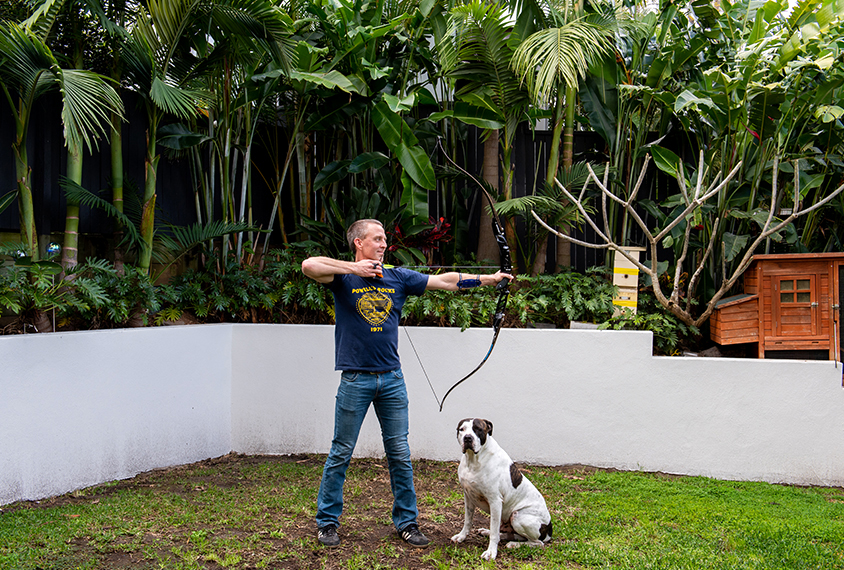Delia O’Hara is an award-winning writer and journalist, a former longtime features reporter for the Chicago Sun-Times. Specialties include science, health care, profiles, education, history, culture and the arts for magazines and websites. She is presently a member of the National Association of Science Writers and the Association of Health Care Journalists. She is also a published short story writer.
Delia O’Hara
From this contributor
Beyond the bench: A conversation with Konstantinos Zarbalis
Konstantinos “Kostas” Zarbalis talks about the upside of unexpected experimental results, and why he eats just one meal per day.

Beyond the bench: A conversation with Konstantinos Zarbalis
Beyond the bench: A conversation with Kristin Sohl
When pediatrician Kristin Sohl isn’t building programs to improve care for and research about autistic people, you can find her reading psychological thrillers or playing Pokémon Go.

Beyond the bench: A conversation with Kristin Sohl
Beyond the bench: A conversation with Andrew Whitehouse
Andrew Whitehouse talks about his conservation efforts in the Australian Outback, what it’s like to be an identical twin and why he leaves work promptly at 5 p.m.

Beyond the bench: A conversation with Andrew Whitehouse
Beyond the bench: A conversation with Ethan Scott
Ethan Scott packs his lab with math, physics and computer science experts to decode sensory brain networks in zebrafish models of autism.

Beyond the bench: A conversation with Ethan Scott
Explore more from The Transmitter
Snoozing dragons stir up ancient evidence of sleep’s dual nature
Deep-sleep cycling between brain waves of higher and lower amplitude dates far back on the evolutionary tree, according to a new comparative study of mammals and reptiles.
Snoozing dragons stir up ancient evidence of sleep’s dual nature
Deep-sleep cycling between brain waves of higher and lower amplitude dates far back on the evolutionary tree, according to a new comparative study of mammals and reptiles.
The Transmitter’s most-read neuroscience book excerpts of 2025
Books by Nachum Ulanovsky, Nicole Rust, and Andrew Iwaniuk and Georg Striedter made the list of some of the year's most engaging neuroscience titles.

The Transmitter’s most-read neuroscience book excerpts of 2025
Books by Nachum Ulanovsky, Nicole Rust, and Andrew Iwaniuk and Georg Striedter made the list of some of the year's most engaging neuroscience titles.
Neuroscience’s leaders, legacies and rising stars of 2025
Here are seven stories from the past year about some of the field’s most engaging figures.

Neuroscience’s leaders, legacies and rising stars of 2025
Here are seven stories from the past year about some of the field’s most engaging figures.